Diagnostic Esophagogastroduodenoscopy(EGD) and Therapeutic endoscopy including EVL, EST, Cyanoacrylate glue injection, Argon plasma coagulation, Hemoclip application, Endoscopic mucosal resection, stricture dilation, esophageal and antral SEMS placement
Therapeutic endoscopy is the medical term for an endoscopic procedure during which treatment is carried out via the endoscope. This contrasts with diagnostic endoscopy, where the aim of the procedure is purely to visualize a part of the gastrointestinal tract in order to aid diagnosis.

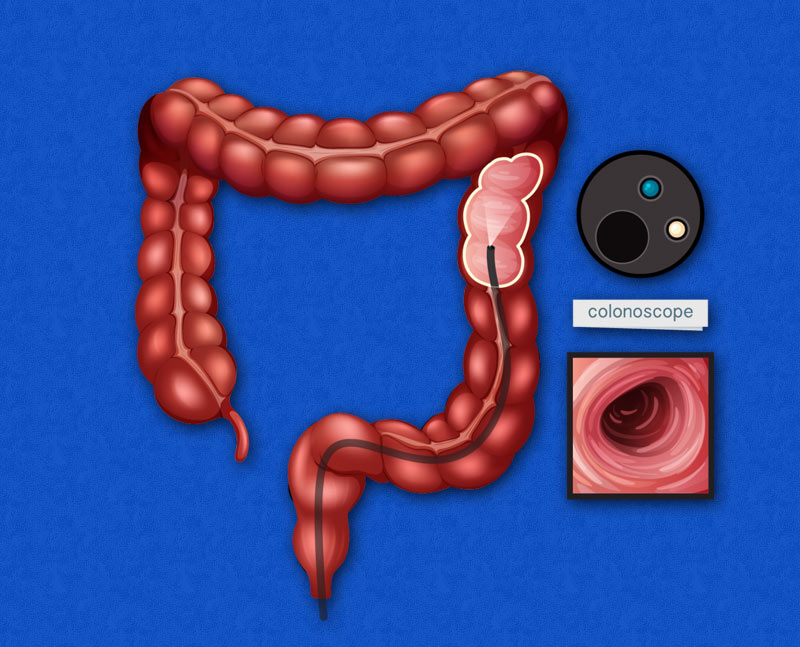
Diagnostic Colonoscopy including chromo-endoscopy and narrow band imaging and guided biopsy and therapeutic Colonoscopy including polypectomy, argon plasma coagulation for angioectasia, stricture dilation, colonic SEMS placement.
Diagnostic colonoscopy, apart fromscreening colonoscopy,is used when a patient exhibits specific symptoms that may indicate colon cancer or other issues.It is performed in patients having lower gastrointestinal symptoms including chronic diarrhoea, chronic bloody stools, rectal bleeding, unexplained anemia, weight loss or history of polyps, or colon cancer in family members. Therapeutic colonoscopy is the medical term for ancolonoscopic procedure during which treatment is carried out via the colonoscope.
Advanced endoscopic procedures including Pushenteroscopy, Single balloon enteroscopy, Double balloon enteroscopy.
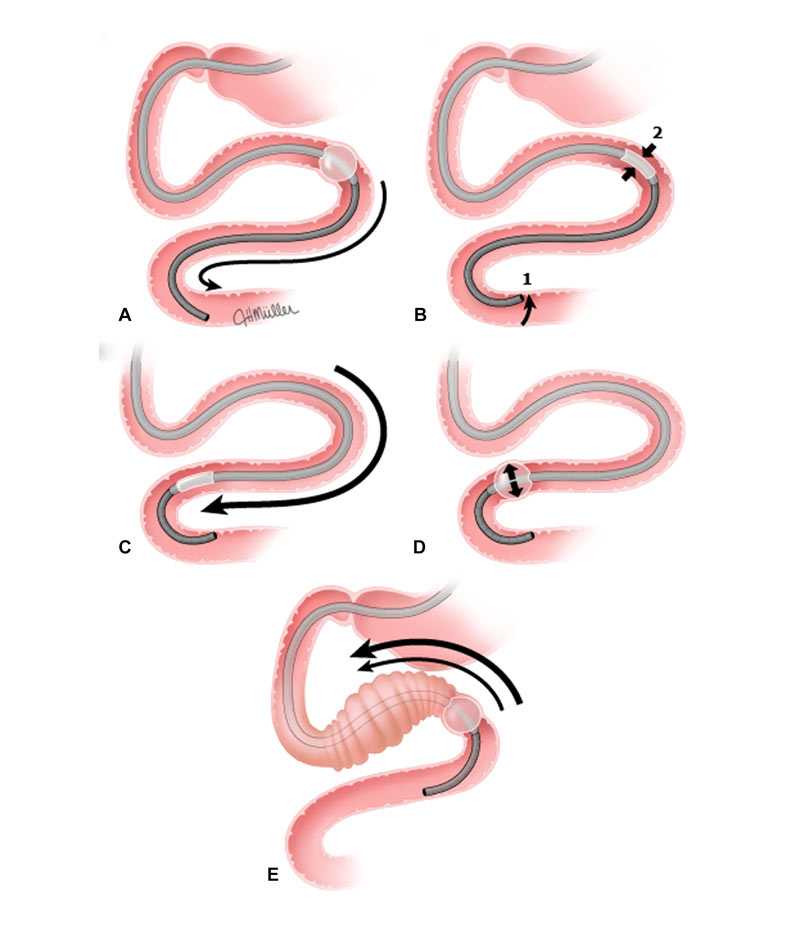
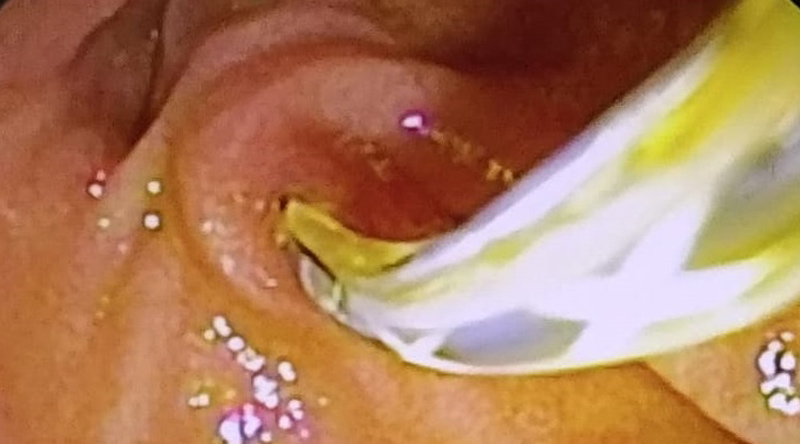
Side viewing endoscopy: This is a procedure to evaluate ampulla of vater and periampullary region.
ERCP is mostly a therapeutic procedure used to treat bile duct stone, bile duct obstruction due to cancer and stricture. It is also used to treat some cases of chronic pancreatitis. ERCP combines fluoroscopy and endoscopy, allow obtaining high-quality images of the pancreatico-biliary anatomy. ERCP is usually done under anaesthesia.
Cholangioscopyis considered one of the most recent advances in therapeutic ERCP which is used for guided biopsy of bile duct cancer under direct visualization. Cholangioscopyalso helps inbreaking down and removing large bile duct stones by electrohydraulic or laser lithotripsy.
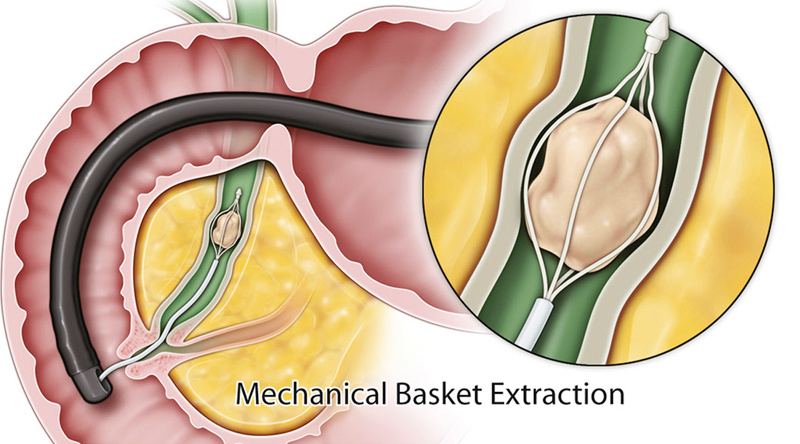
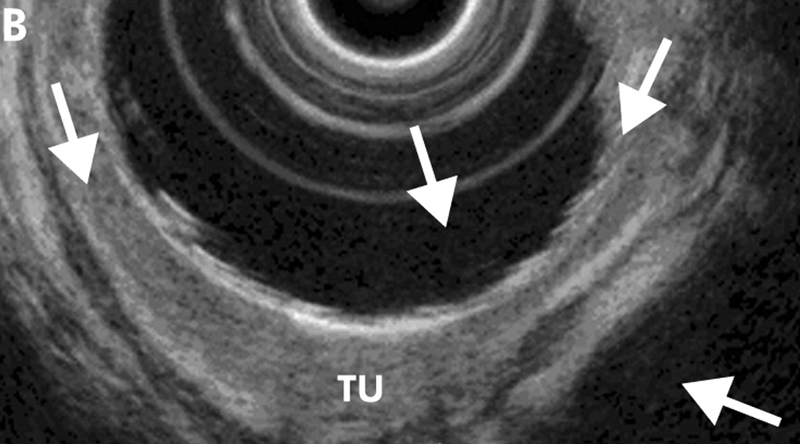
Endoscopic ultrasound allows examination ofsubmucosal lesions in esophagus, stomach and duodenum, as well as study other organs near the gastrointestinal tract including pancreas and bile duct. It helps in precise imagingand sampling (FNAC or FNAB)of surrounding tissue, including pancreatic pathology, biliary pathology and lymph nodes.
Including POEM with hands on experience in submucosaltunnelling and dissection and myotomy.
POEM (Per Oral Endoscopic Myotomy) is a minimally invasive endoscopic procedure performed for the treatment of motility disorders of the esophagus, such as achalasia, diffuse esophageal spasm, and esophagogastric junction outlet obstruction.
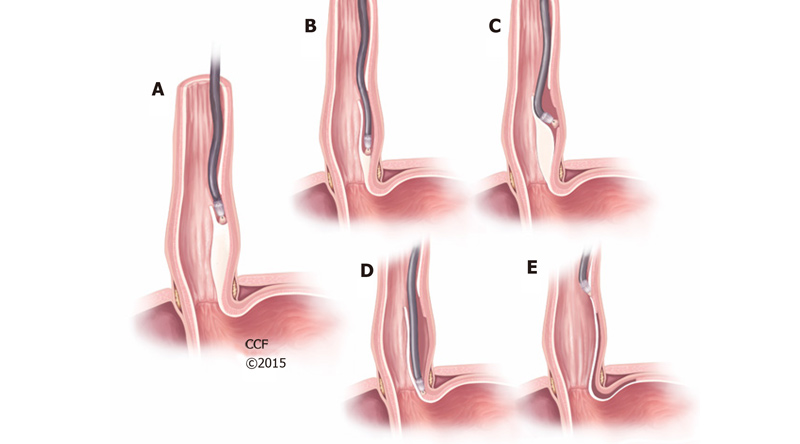
Experienced in liver transplant including pre-transplant evaluation, and was actively involved in management of peritransplant intensive care and post transplant follow up care and HVPG measurement.
Experienced in managing gastrointestinal emergencies like gastrointestinal bleeding, acute pancreatitis, acute cholangitis, acute liver failure, acute on chronic liver failure, acute severe ulcerative colitis.
Copyright ©2021 Dr. Gyanaranjan Rout. All rights reserved.